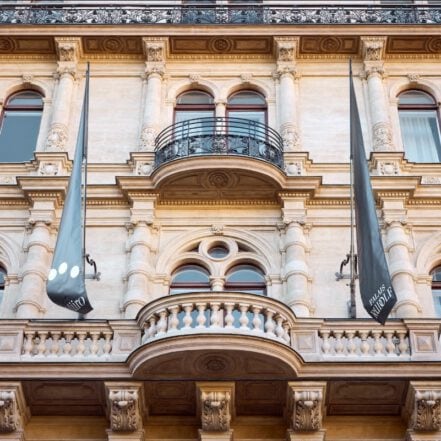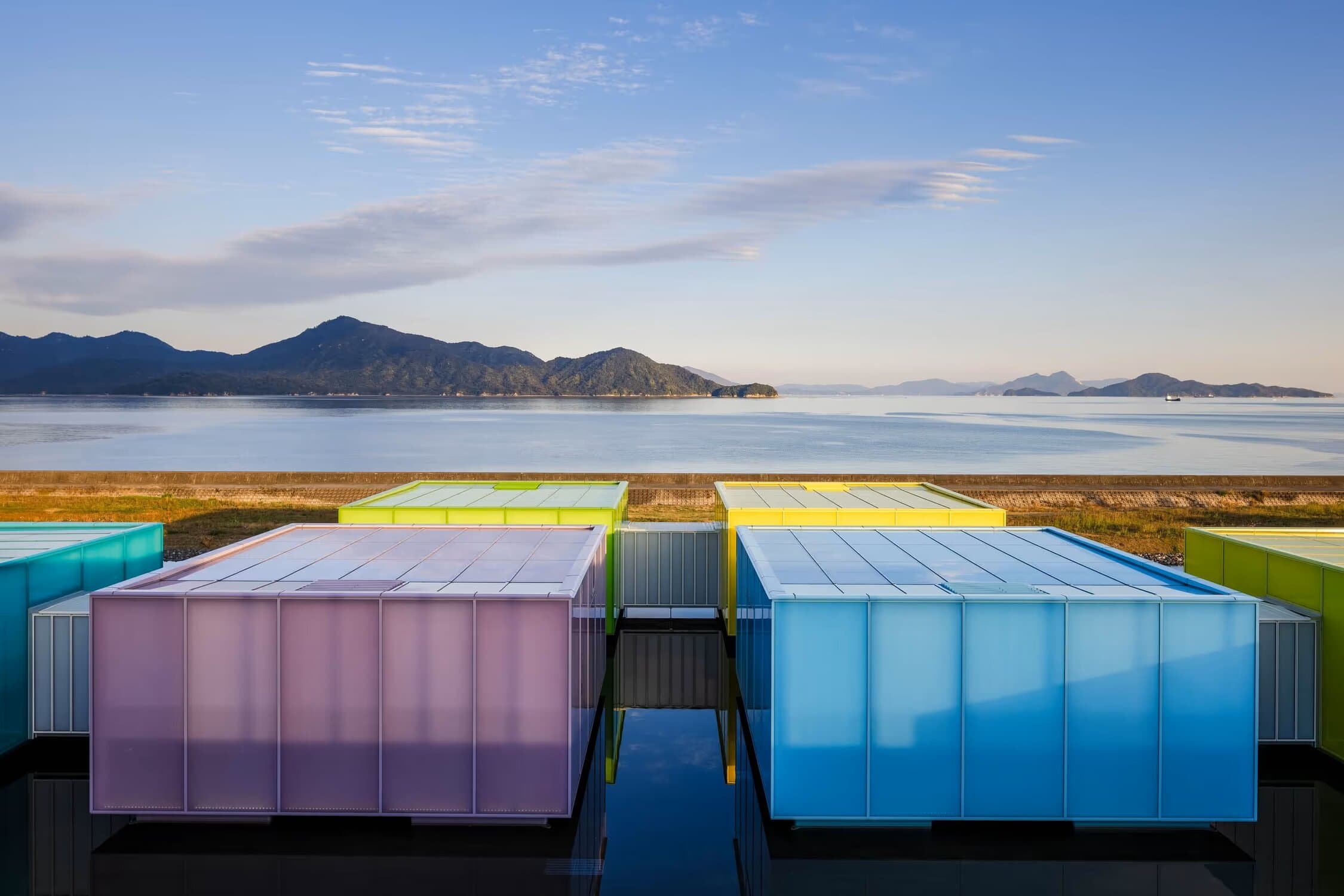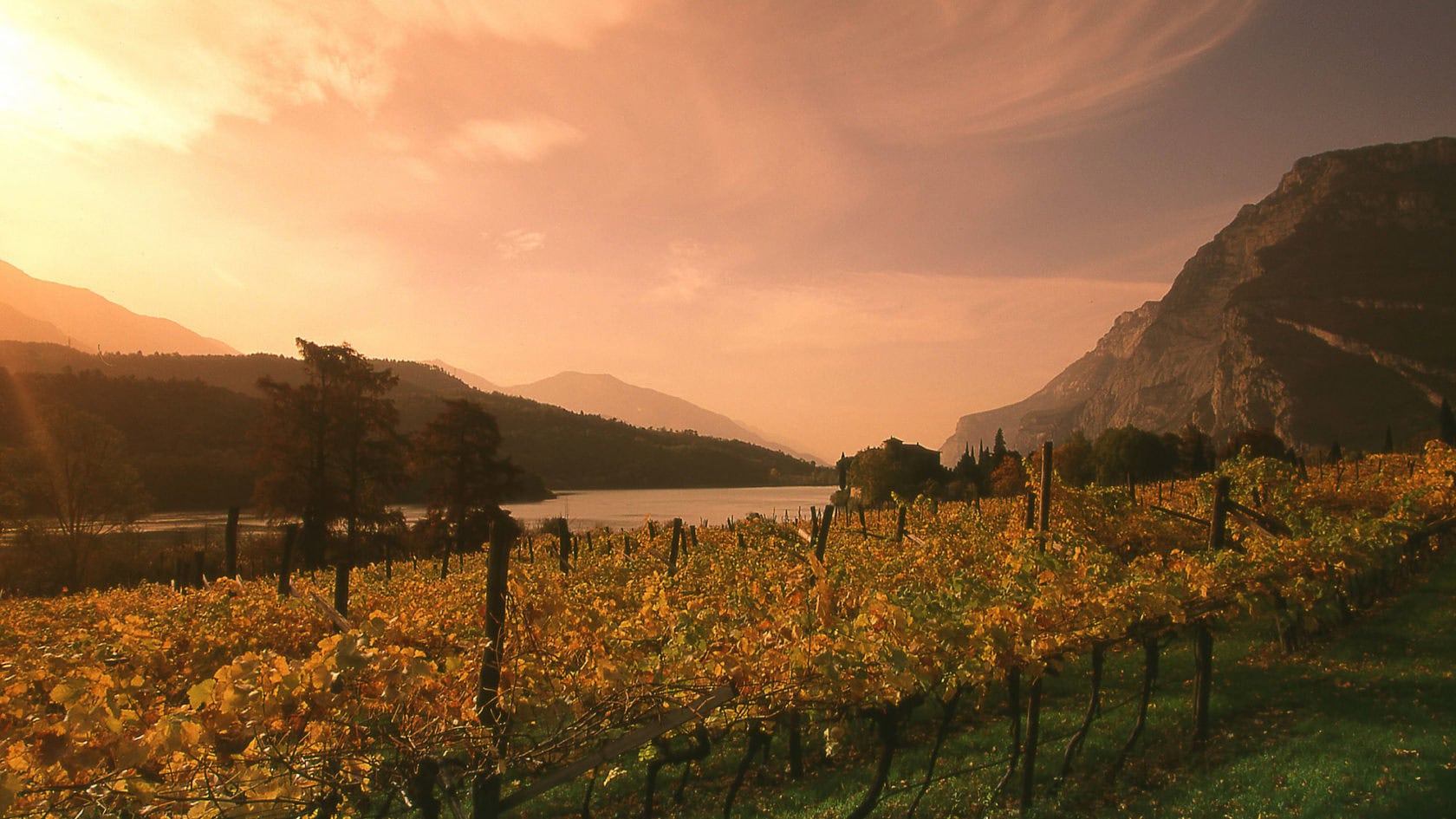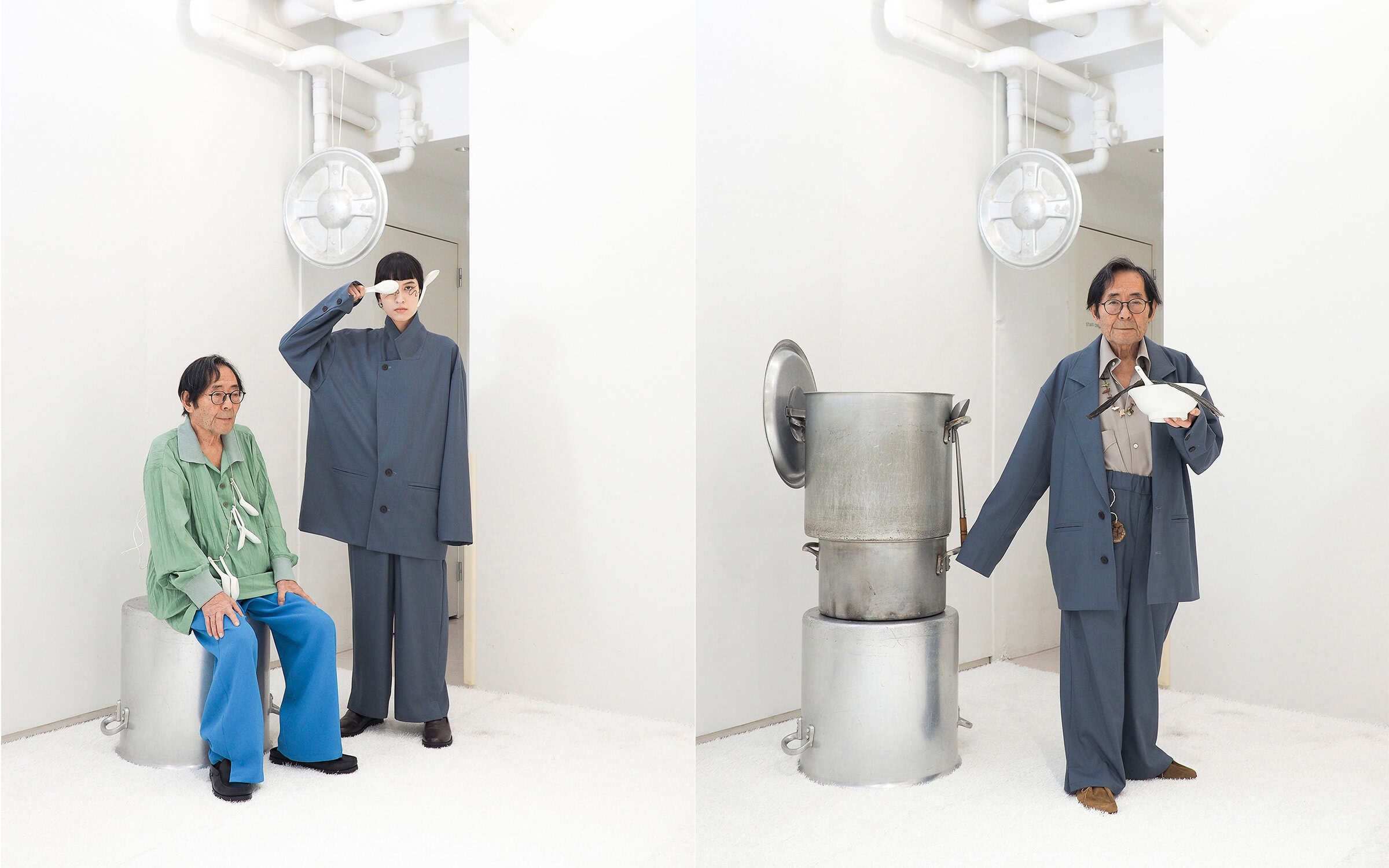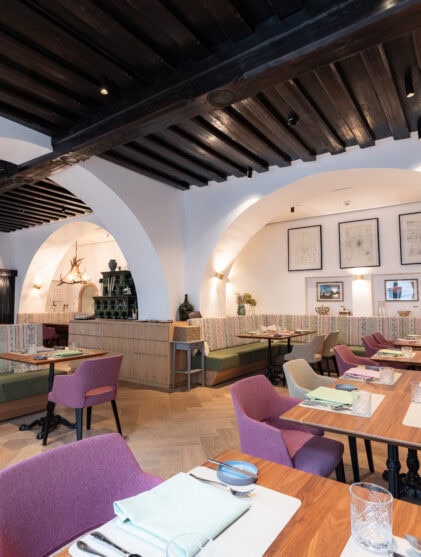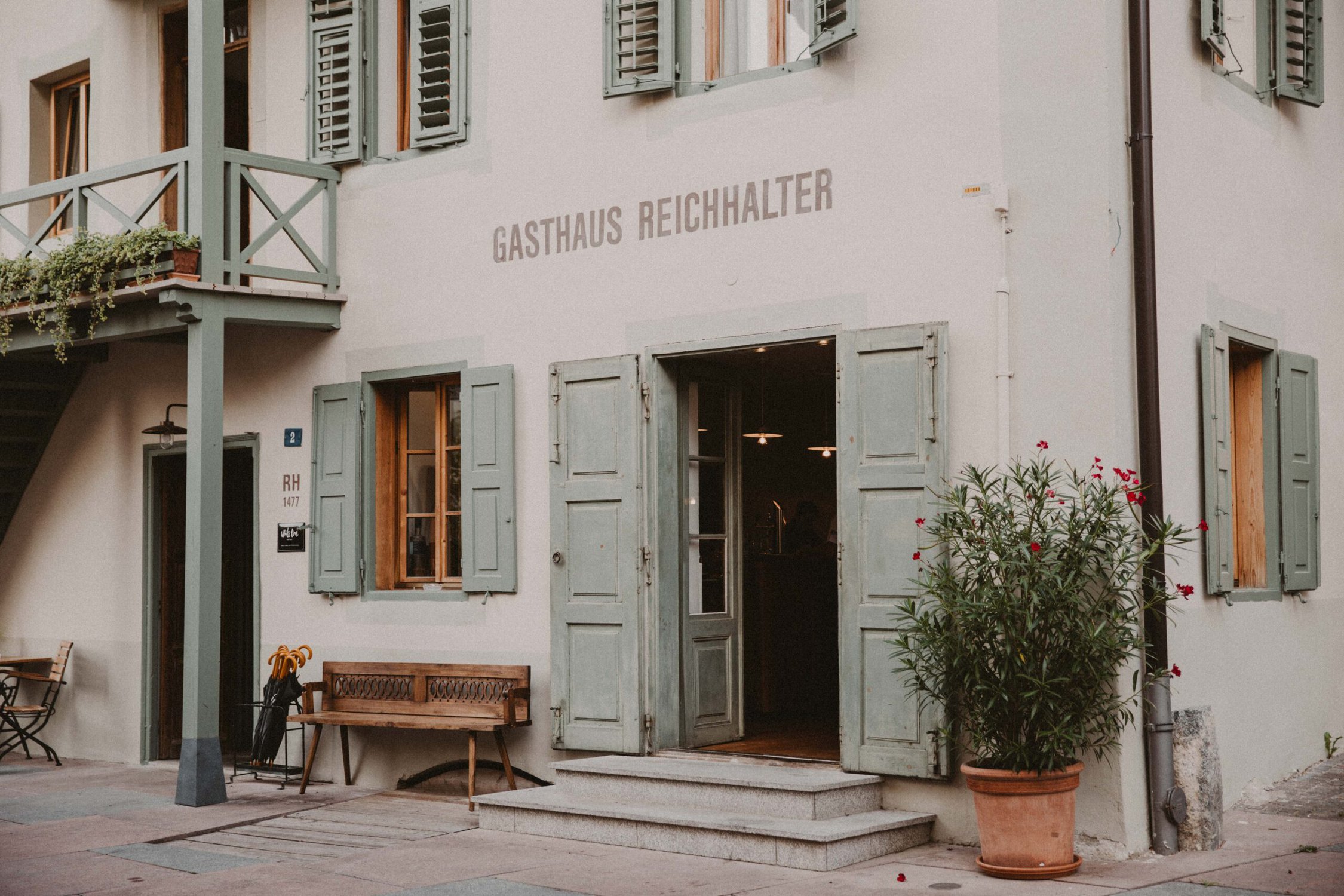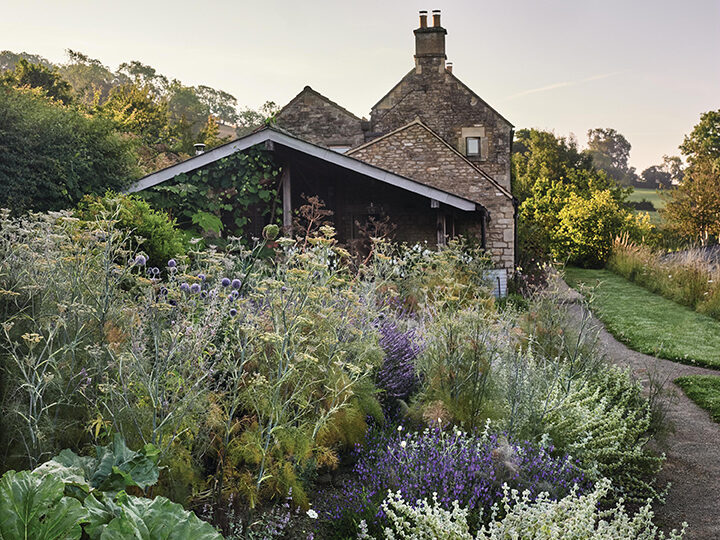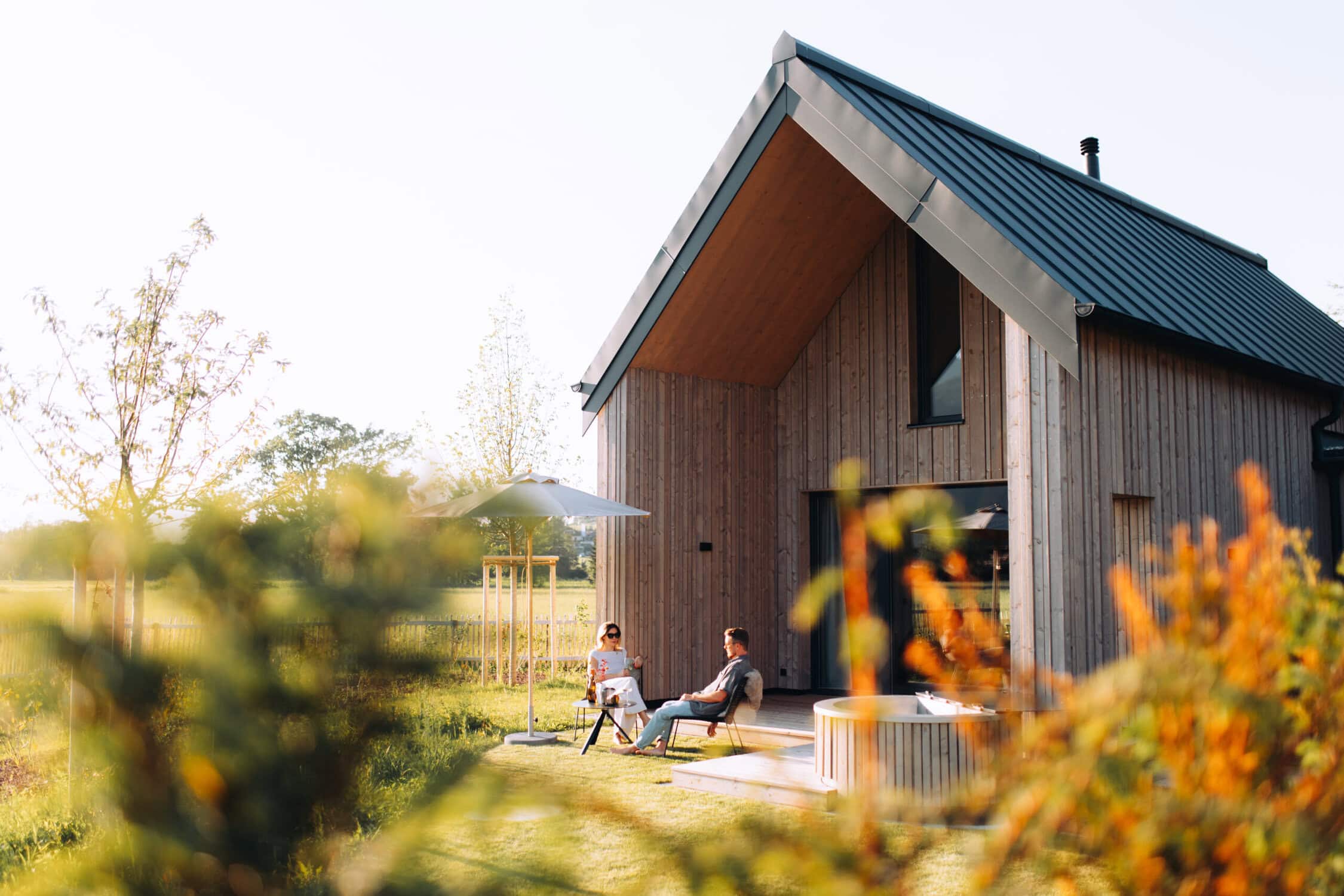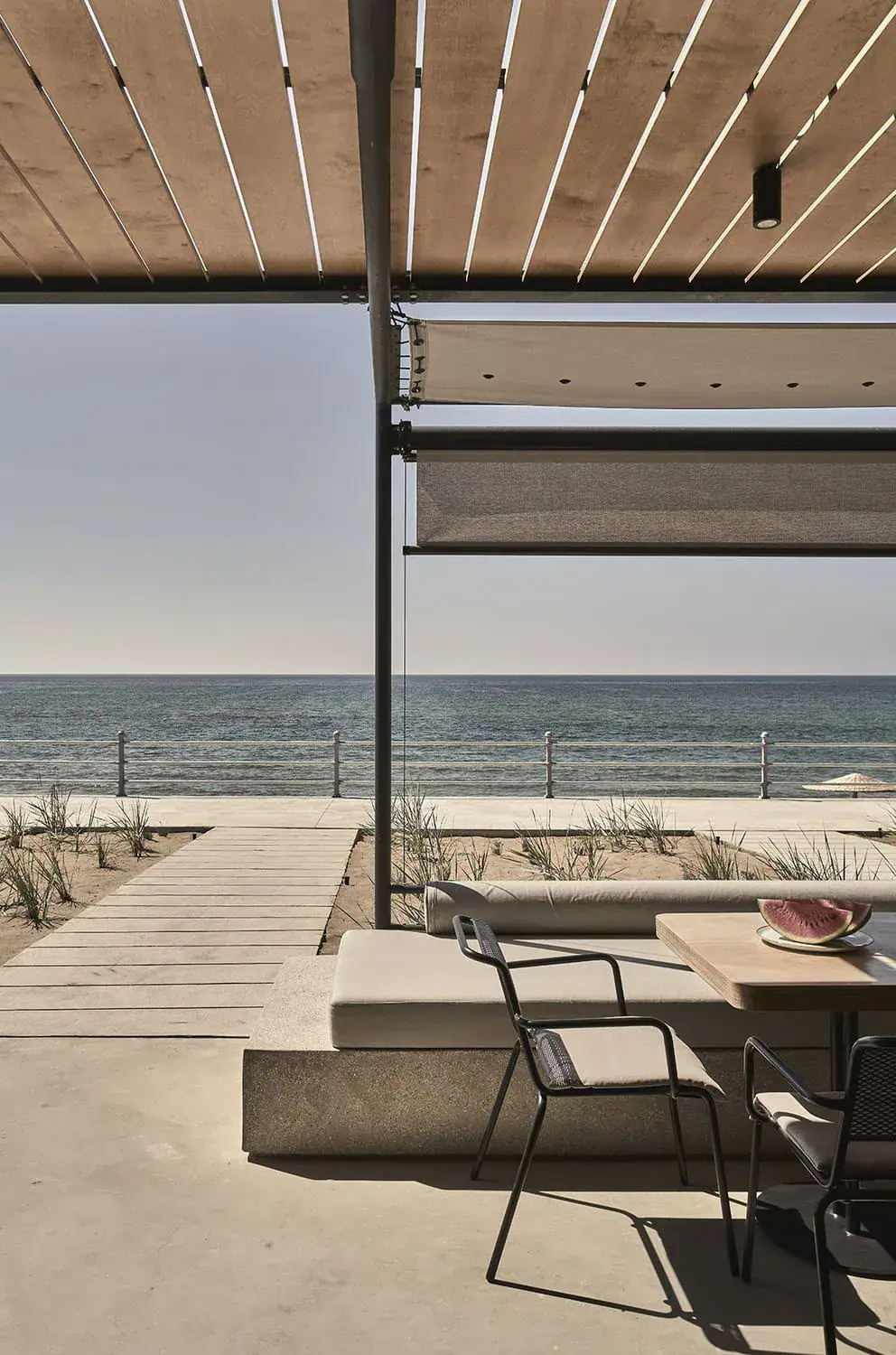The new Miiro Hotel Palais Rudolf opens in Vienna on November 17, 2025 – a boutique hotel that unites classical architecture, contemporary design, and Austrian art in one timeless experience.
420 results for
food
SIMOSE Japan: Art museum, villas & restaurant by Shigeru Ban. Experience architecture, nature & art in one immersive Seto Inland Sea retreat.
As summer gently retreats, nature begins to settle into a quieter rhythm. And so do we, slowing down to reflect on all we've experienced. Places like the Valle dei Laghi in Trentino are perfect for this. Especially the charming Agritur La Dolce Mela, where autumn tastes of warm colors, a touch of dolce vita, fine wine, and sweet apples.
From Salzburg to Tokyo, Edwina Hörl unites fashion, art, and culinary culture into a concept that understands clothing as a social and cultural intervention. Her collection “listen to the soup” reflects this philosophy – while also pointing to her life beyond fashion: running her late husband’s ramen bar in Tokyo.
Where tradition meets modern sophistication, Zum Goldenen Hirschen in Gmunden offers a feast of flavors and golden moments of indulgence.
Biohacking without the hype: Martin Gratzer explains why true hacks start with sleep, movement, and balance – and why the most important question is: Can you still squat down?
Dan Buettner on the secrets of the world’s healthiest communities
Some places have a memory. The 1477 Reichhalter in Lana is one of them. First mentioned over 500 years ago, it has lived many lives: as an inn, a sawmill, a mill, and a butcher’s shop. Then, for a decade, silence. Its doors remained closed while life passed by until someone took a closer look, and brought it back to life.
A conversation with epigenetics coach Nike Schröder about the power of small routines, the future of health, and why our genes are not our destiny.
Explore Dan Pearson’s Hillside garden in Somerset – a mindful sanctuary of biodiverse meadows, orchards, and abundant kitchen gardens created with deep connection to nature.
With the very first "Servus," you can feel it: the genuine, down-to-earth, and warm-hearted Bavarian soul. But what happens when traditional dialect meets modern design? The answer lies in the Agrad Chalets on the edge of Aschau im Chiemgau region, where things are truly cozy and feel just right. And because the way people speak says a lot about their way of life, we want to introduce the chalet village using the very words you're likely to hear around here.
What do you get when culinary fire meets creative fury? The new Matty Matheson Signature Tread, a limited-edition outdoor oven that fuses performance, personality, and playful design.

